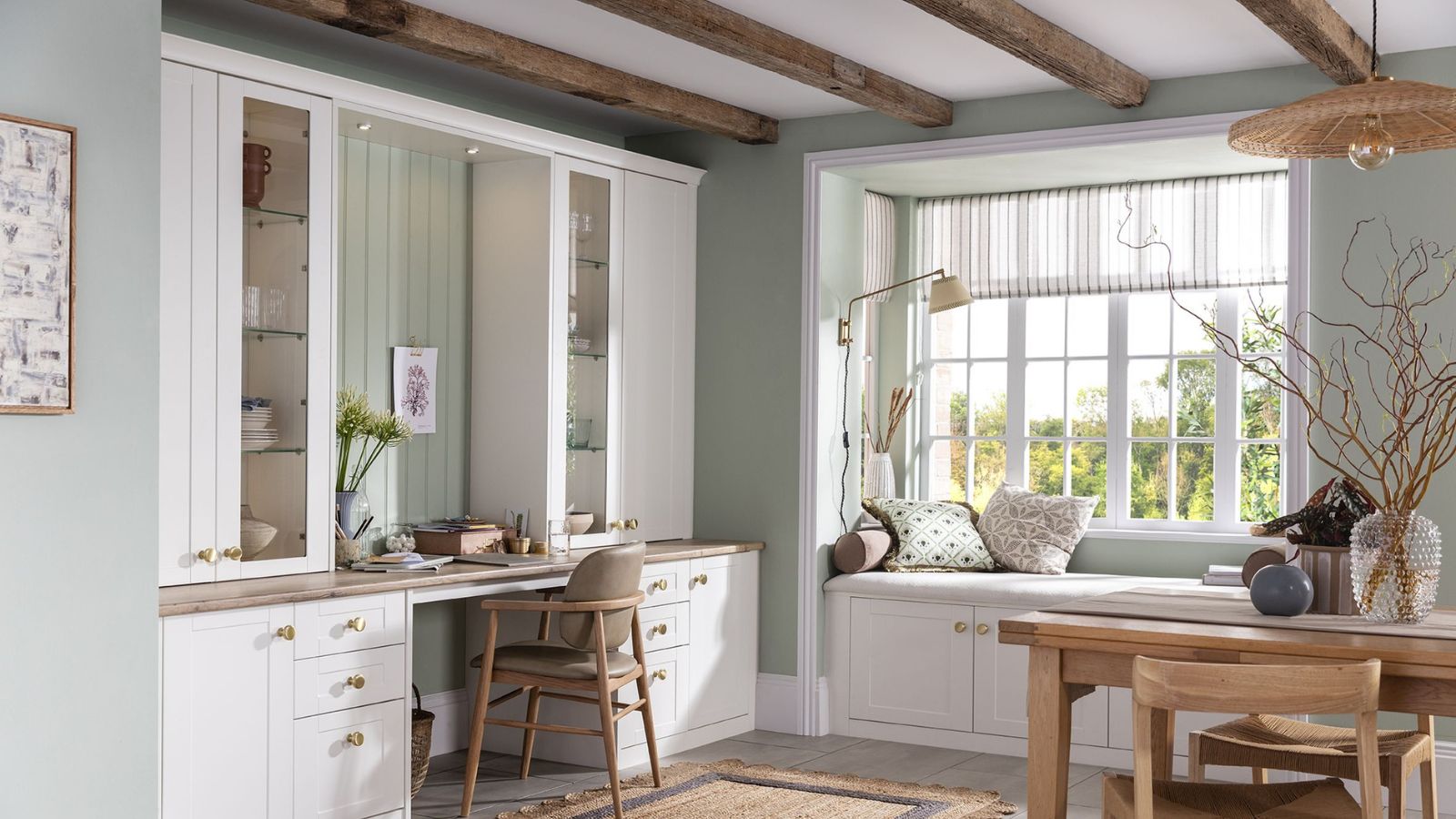
Taking the plunge and building your own home is the ultimate dream for many people — you can design a unique property to suit your lifestyle.
For most people considering a self build, the first thing they think of when planning their finances tends to be a self build mortgage. However, this is not the only way to finance a project.
Before you start planning or digging, you’ll need to figure out how to fund your self build dream. Self builders have several finance options. The best one for you will depend on how much your self build will cost and your personal circumstances.
What are the best and worst ways to fund a self build?
Self builders should shop around and compare the different types of finance. You’ll need a good credit record for many options — so check your credit file doesn’t contain any inaccurate information.
If you have savings, using this money is often the best option as that you won’t need to borrow any money or pay any interest. There also won’t be any third party involvement from a lender.
Many self builders use a hybrid approach to finance — using a combination of savings and borrowing.
If you borrow money to fund a self build, make sure you can afford the repayments. Bridging loans are a particularly expensive way to fund self build — you should only borrow this way for the minimum amount of time possible, with an exit plan in place.
Bring your dream home to life with expert advice, how to guides and design inspiration. Sign up for our newsletter and get two free tickets to a Homebuilding & Renovating Show near you.
Funding self build with loans, credit cards or overdrafts with a plan to remortgage to a mainstream mortgage later on can also be a risky strategy as property prices may fall.
With all this in mind, let's take a look at the best options for those wishing to finance a self build project.
1. Use cash savings — if you have them
If you have enough cash in the bank, using this money to fund your self build project can make sense. A benefit of using cash is speed as you won’t have to wait for loans or mortgages to come through to start your project.
You also won’t be paying interest on any borrowing — so it’s a cheap option too.
However, using your savings is a big decision and it’s generally unwise to run your cash reserves down to zero. When working out a budget, all self builders should include a 10% contingency fund for any unforeseen events.
2. Remortgage your existing property
If you already own a property, you could fund a self build project by remortgaging. Remortgaging means switching mortgage deals — but to remortgage to release money you’d need to remortgage for a higher amount than you currently owe. To do this, you need equity in your property.
For example, if your property is worth £400,000, and your current mortgage is for £250,000, you could remortgage for £350,000 and use the £100,000 for the self build.
Mark Harris, chief executive of mortgage broker SPF Private Clients, says: “The advantage of remortgaging is that it is a relatively cheap way of borrowing compared with other loans or credit cards and you have one monthly payment to keep abreast of.
“The monthly payments should also be more manageable as you will pay them back over the term of the mortgage, typically over 20 or 25 years.”
However, you may have to pay early repayment charges to exit your existing mortgage. If this is the case, you could borrow more money from your current lender using a ‘further advance’. This will be at a higher interest rate than your mortgage and will also be secured on your home.
“There is also a risk of your home being repossessed if you can’t keep up the repayments so make sure you don’t increase your loan by more than is comfortable for you to repay,” warns Harris. “It is also worth remembering that while mortgage rates have historically been extremely cheap in recent years, they have risen in risen months.”
3. Apply for a self build mortgage
Self build mortgages are designed for people building their own home. Funds are released in stages to create the necessary cashflow.
Charlotte Grimshaw, head of mortgages at Suffolk Building Society, says: “Applying for a self build mortgage is more complex than applying for a standard residential mortgage, which is why we recommend that people approach a mortgage broker or intermediary who has expertise in this area.
“Brokers are invaluable in helping self builders shop around and get the best product for their circumstances. This not only means getting a good mortgage rate, but in this context also means helping the self builder find a lender who will accept their type of construction method. Additionally, they can help the self builder understand their cash flow needs as the mortgage funds will be released in stages – either in advance or in arrears. Some lenders have defined stages when they release funds and others take a more flexible approach.”
4. Use a bridging loan for speed
Bridging loans are short-term loans which can usually be arranged very quickly. But this type of borrowing is expensive, and you’ll need an ‘exit strategy’ to be approved — this will normally be selling the property or refinancing to a standard mortgage.
Bridging loans are secured against your property, putting it at risk if something goes wrong. You might also be working towards a deadline for completion so any delays in the build could mean incurring further costs.
5. Investigate a 'Help to Build' equity loan
This is a government scheme which aims to help more people design and build their own home. Similar to Help to Buy, the equity loan amount can be 5% to 20% (up to 40% in London) of the total estimated cost. Self builders will then need to take out a self build mortgage for the rest of the funds they need.
No interest is charged on the equity loan for the first five years — you’ll pay interest from year six.
Help to Build opens up the self build option to people with smaller budgets and less savings. However, you can only spend up to £600,000 on your new home. This must include the cost of the land if you don’t already own it, and no more than £400,000 of the cost to build it.
